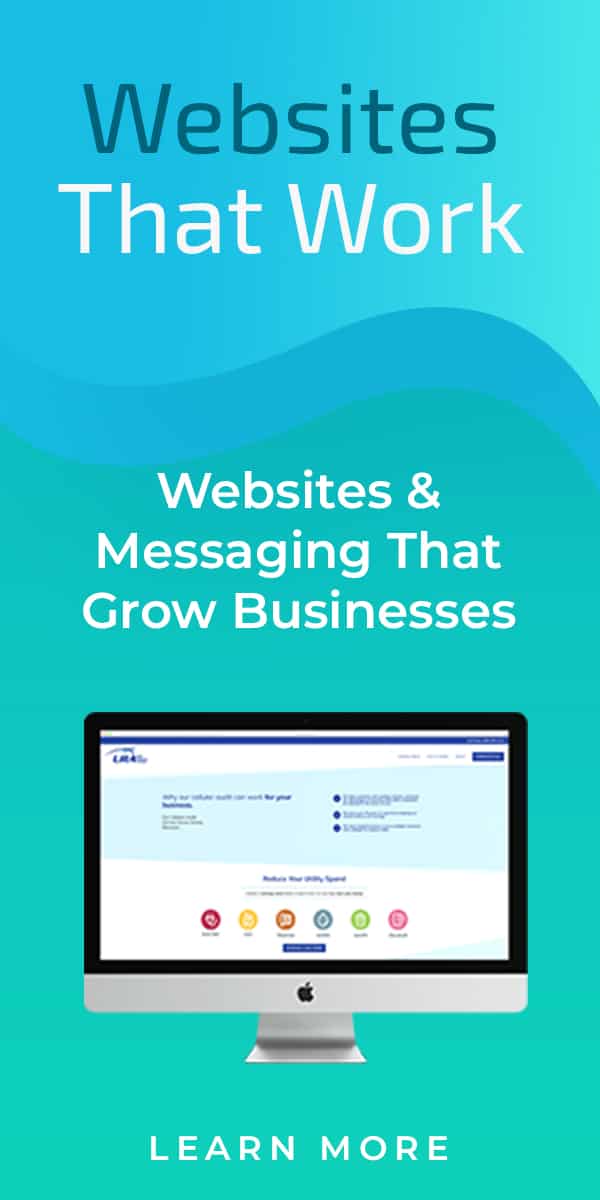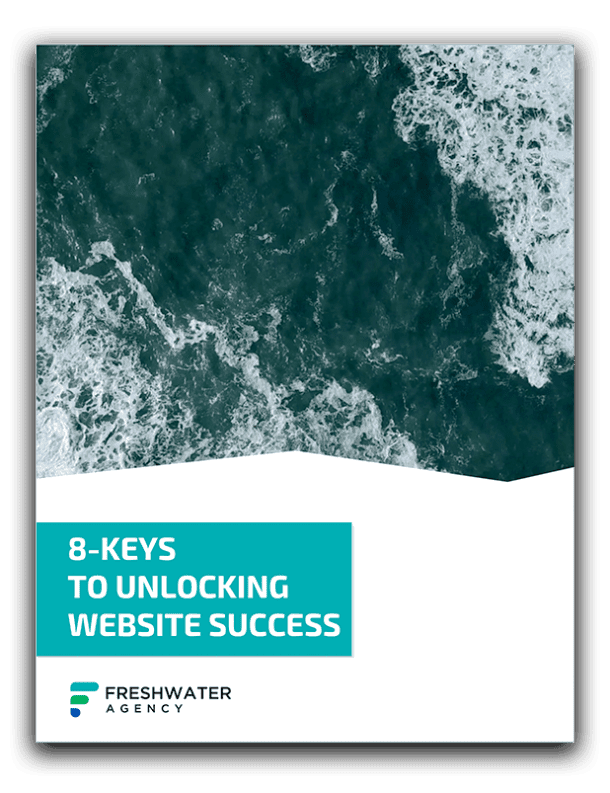Did you know that the number of email users worldwide is expected to grow to more than 4.3 billion email users by the end of 2023? This means that your ability to deliver your message to your target audience via email is more likely than ever.
Are you hoping to take advantage of email marketing in the near future? Keep reading for five useful email marketing planning tips to take your digital marketing strategy to the next level.
1. Get Customer Permission to Send Marketing Emails
The first step in email marketing planning is to get consent from your audience to send them emails.
Laws for email marketing vary by country, so be sure to read up on the latest rules and regulations in effect where both your business and target audience is located. In the United States, you should learn about the CAN-SPAM Act before embarking on your first email marketing campaign.
Although building an email marketing list takes time, it’s not overly difficult to get permission to send your customers emails using opt-in forms.
For the purposes of this post, we’re not going to do a “deep dive” into creating opt-ins, just make sure you take the time to ensure you’re doing everything right -or- work with an email marketing professional that’s familiar with the rules.
2. Segment Your Email Advertising Audience List
A great way to get the best ROI on an email marketing campaign is to segment your audience list. Once you’ve compiled your approved email list, it’s a good idea to break it out into segments to hyper-target customers.
You can segment your email list based on any factor that makes sense for your business, such as:
- Age
- Location
- Purchase History
- Interaction level
- Acquisition type
- and so on…
3. Experiment with Email Subject Lines
Have you ever clicked on an email because it’s subject line was enticing? If you’re like most people, you probably have.
It is really important to experiment with different subject lines to ensure the highest open rate for your campaign. You can test subject lines by breaking your mailing up into equal segments and sending the exact same email to each segment while using a different subject line for each.
Then you can monitor the performance of each subject line and learn which one works best for your audience. It’s important to make sure that the content of your email to each segment is exactly the same (with the exception of the subject line), and that you launch your emails at the same time. The ONLY variable being tested should be the subject line.
If you find yourself in a creative rut, try testing things like emojis or subject line personalization.
4. Create Compelling Email Marketing Content
Creating compelling marketing content can be tough work. However, the content in an email campaign is essential to driving opens, clicks, and ultimately sales and (or) other conversions.
It’s important to create a personal rapport with your audience, your email should feel like it’s tailored to them and their needs. Avoid making the email all about you, your company, or why you’re great. That means you should create content with a focus on the reader. Describe how the product or service can make their life better, speak to the transformation that can occur in their life by using your product or service. Summarize the benefits that the recipient will receive in a concise and compelling way. Keep in mind that very few people will read or interact with a giant a wall of text, so keep things as brief as possible while making your point and use imagery, video, or other visuals to help your recipients understand your message or offer.
Always include a call-to-action (CTA). Your email message needs to have a point and the user needs to know how to buy or engage. If you don’t tell them how to take the next step, they probably won’t — and that means no sales, no leads, and no conversions.
Finally, be mindful about how how your audience will be interacting with your email campaign. Make sure that you plan emails that work perfectly on mobile devices. In fact, according to recent studies, more than 61.9% of email opens occurred on mobile. So making sure to use responsive design is critical when planning your campaigns.
5. Analyze Email Marketing Data for Future Campaigns
Once you’ve completed your first email marketing campaign it is essential to review the data.
Check to see if you met your campaign goals or if you fell short. Remember when we discussed experimenting with subject lines earlier? You can take what you learned from that experiment and use that information to inform your next email marketing campaign strategy. Analyzing data doesn’t start and stop with subject line experiments. There are so many other variables like copy, imagery, markets, delivery times, and more that you can test. What’s important is that you’re always testing, learning, and optimizing your email advertising to best suit your audience and your business goals.
Start Email Marketing Planning Today
Now that you’ve read these five email marketing planning tips, it is time to start your own email marketing strategy. We can help your business grow using proven email marketing strategies. From automation to list building and creative design, we’ll help you win new business through technology
If you’re interested in working with the email marketing professionals at Freshwater Agency contact us for a free quote today.


